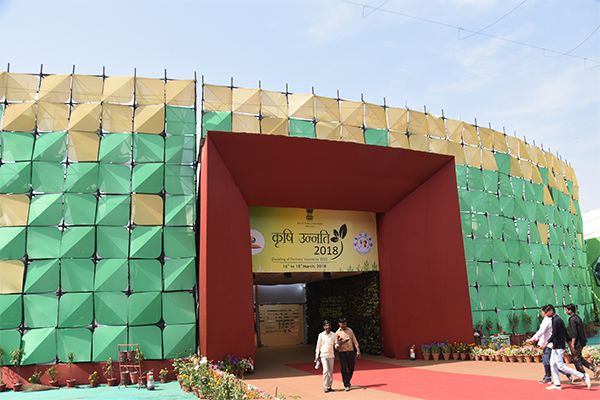
Jan 9, 2016: Monitoring of agriculture using remote sensing, initially designed to apply emerging space technologies for providing independent and timely information on crop areas and yields. Since 1993, this activity has contributed towards a more effective and efficient management of the common agricultural policy (CAP) through the provision of a broader range of technical support services to State Administrations. Since 2000, the expertise in crop yields has been applied outside the EU. Services have been developed to support EU aid and assistance policies and provide building blocks for a European capability for global agricultural monitoring and food security assessment.
The JRC develops methods, tools and systems for use within agricultural monitoring activities applied to Europe, sub-Saharan Africa and other areas of the world. Crop yield forecasting is undertaken to provide monthly bulletins forecasting crop yields to support the EU’s Common Agriculture Policy (CAP). Providing early warning of crop shortages or failure provides rapid information for EU development aid activities to support food insecure countries, as part of the JRC work on global food security. Within the CAP, techniques and guidance are continually being refined for the standardized measurement of field areas, identification of crop types, geo-location of landscape features and assessment of environmental impacts. Such techniques for agricultural monitoring are a key part of the Integrated Agricultural Control System (IACS) which is at the core of CAP implementation in Europe: JRC provides methods and technical guidance in support of this implementation.
In closely related areas, JRC performs assessments of the effectiveness, efficiency, relevance and sustainability of policy measures related to rural development, to climate change adaptation and possible mitigation by agriculturally related policies. Attention is given to new measures promoting agricultural biodiversity, ecosystem services, environmental quality and resource efficiency.
The agricultural resources monitoring work utilises a range of data sources, including meteorological data and forecasts, existing maps and statistics, positional information and remotely sensed data (from satellites and aerial sources). Within the latter, the agricultural resources monitoring work has successfully developed operational techniques related to earth observation. The monitoring activities are based on expertise in crop modelling, agro-meteorology, sampling methods, environmental geo-spatial analysis, econometrics and using European and global data infrastructures. The activity often requires the development of control systems, such as for land parcel management and remote sensing checks, for efficient implementation of the common agriculture policy, including the ‘greening’ aspects.
